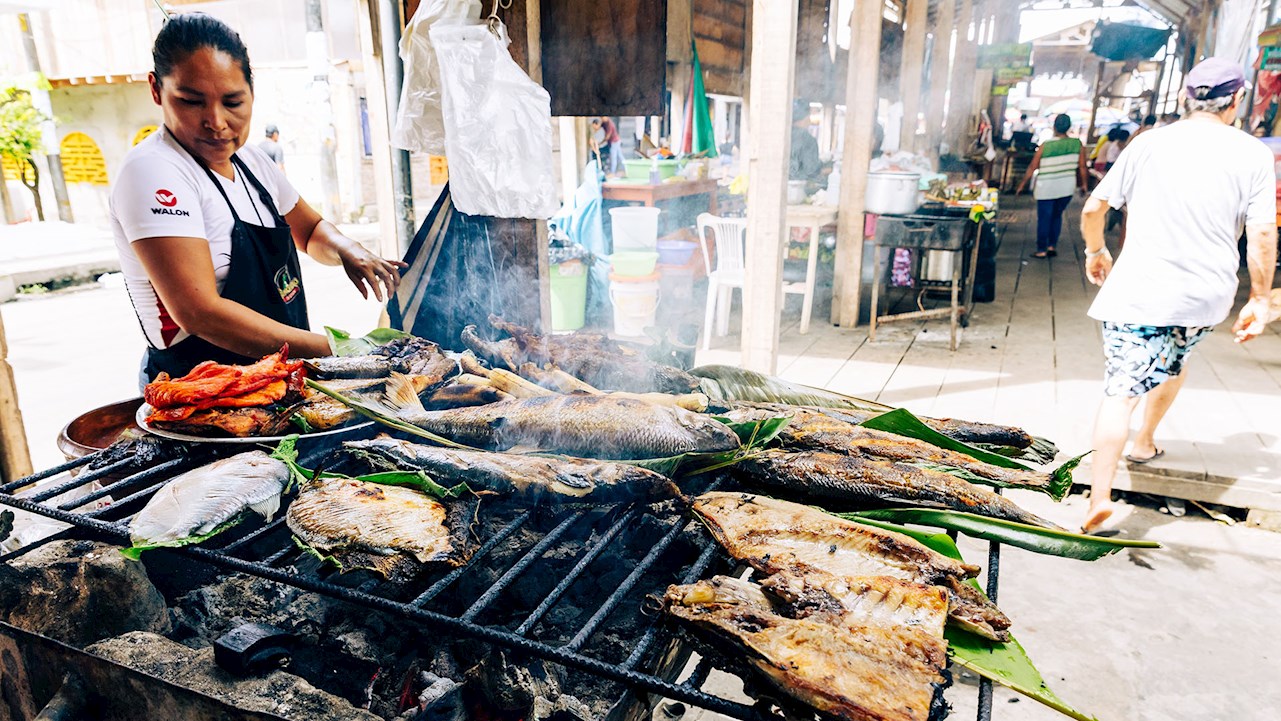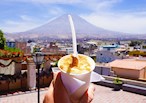Nestled in the northeastern and eastern parts of Peru, the Amazon tempts with its lush, often impervious rainforests, unique wildlife, and tantalizing gastronomy. From towering waterfalls to ancient citadels, the Amazon is the realm of unforgiving nature, inhabited by resilient people who learned how to live in harmony with it, and to use every resource it provides.
 Freshly opened cacao fruit - Credits: Shutterstock
Freshly opened cacao fruit - Credits: Shutterstock
Ancient history intervened with relentless nature
When talking about Amazon, the first thing that comes to mind is the seemingly neverending rainforest. Even if that is mostly true, some hidden gems break that "green routine". For example, Gocta waterfall, the fifth-tallest free-leaping waterfall in the world. A local myth speaks of a mermaid that resides within, protecting the falls' ethereal beauty, which might be the reason this wonder of nature was not known to the world (well, except for the local tribes) until 2002.
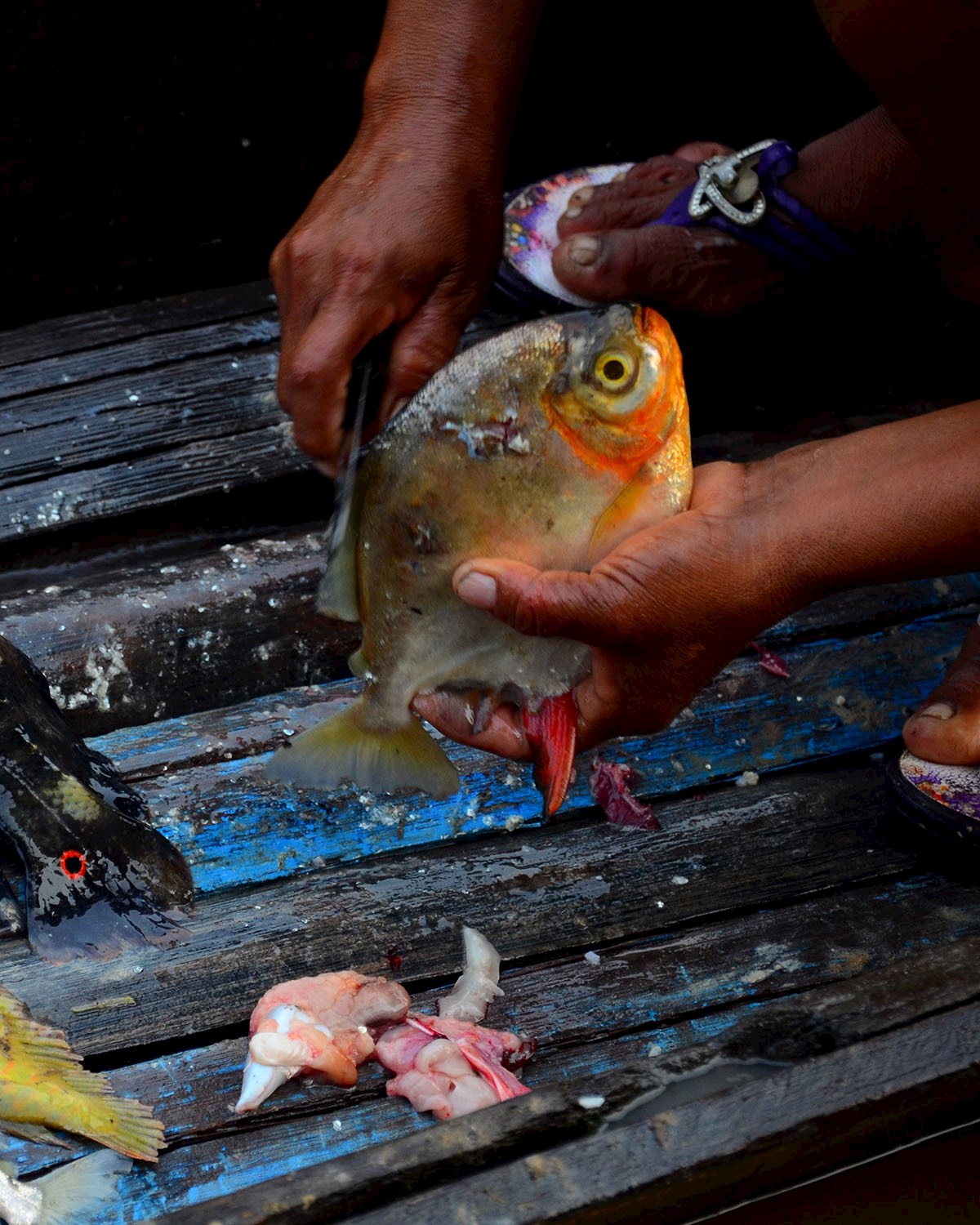 Amazon River is home to up to 2,000 fish species - Credits: Shutterstock
Amazon River is home to up to 2,000 fish species - Credits: Shutterstock
 One of the many small communities along the Amazon River - Credits: Matija Babić
One of the many small communities along the Amazon River - Credits: Matija Babić
A bit more known but still practically untouched is the Pongo de Mainique, a narrow gorge on the Urubamba River where the Andean mountains meet the Amazon rainforest. Legendary Michael Palin named it his "favorite place in the world", but it's not only the beauty of this place that captivates. Pongo de Mainique, with a radius of a mere 8 km (5 miles), is the single most biologically diverse site on the face of the Earth.
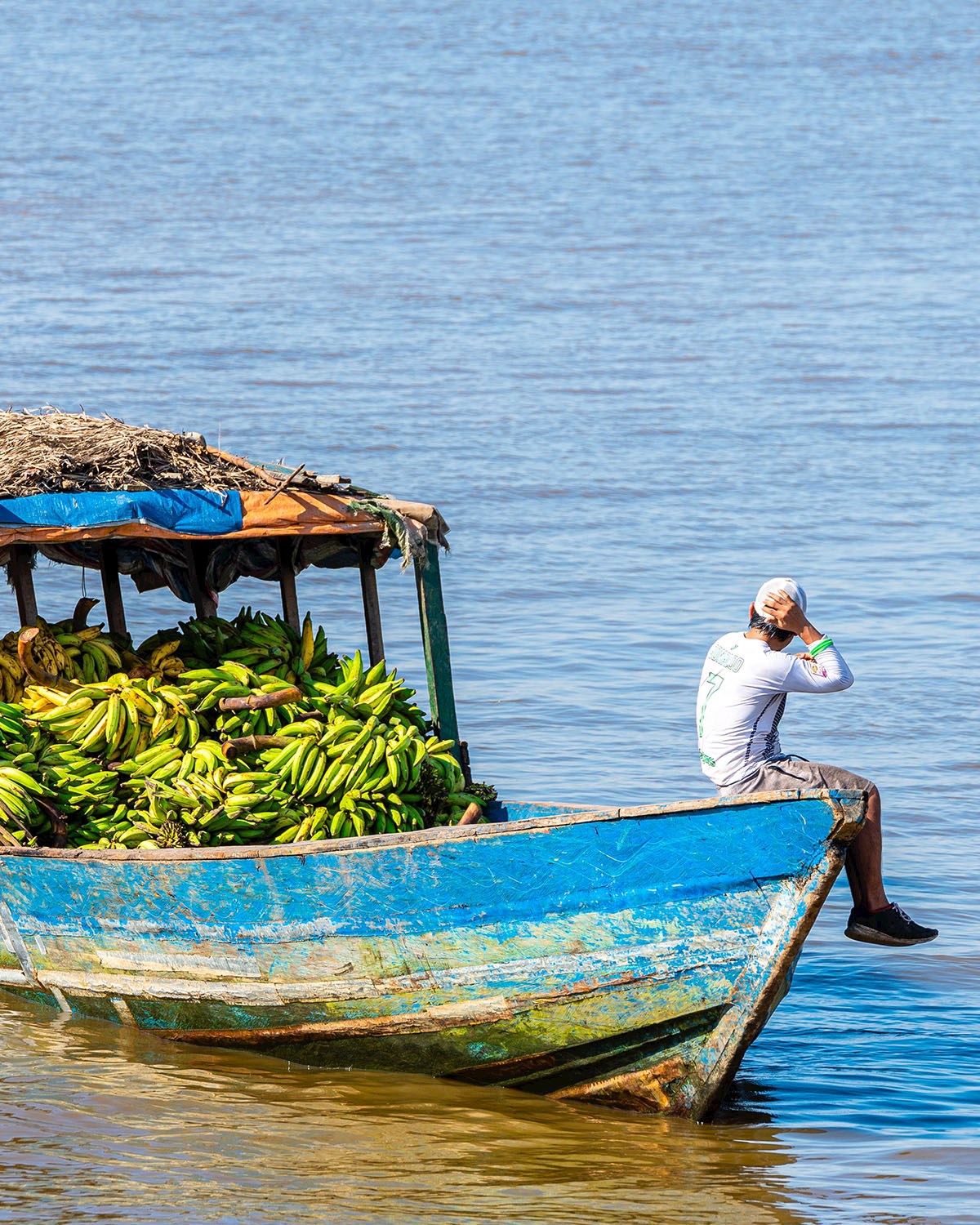 Where there are no roads, there is the river - Credits: Shutterstock
Where there are no roads, there is the river - Credits: Shutterstock
For those more interested in what lies below the surface, Quiocta caves offer a truly unique experience. About 600 meters long, this cave system is filled with monumental stalactites and stalagmites, with crystal-clear pools and grand halls, all shrouded in a local legend about the spirits that roam its many chambers.
 Street markets are the heartbeat of the Amazon region - Credits: Shutterstock
Street markets are the heartbeat of the Amazon region - Credits: Shutterstock
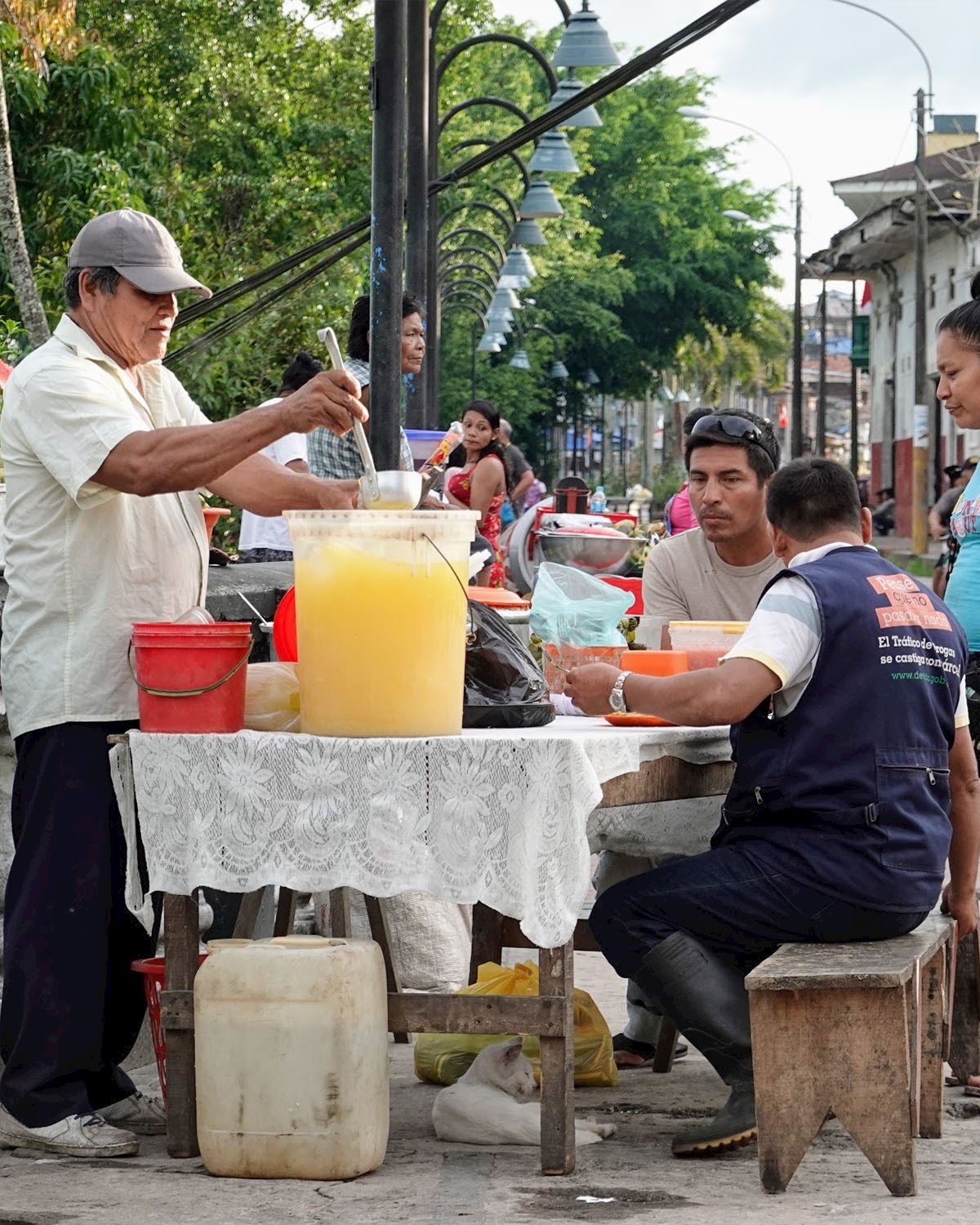 Refreshment on the streets of Iquitos - Credits: Matija Babić
Refreshment on the streets of Iquitos - Credits: Matija Babić
The full feel of the Amazon can be experienced at the Pacaya-Samiria National Reserve, which spans an area of 20,800 square kilometers (or 8,000 square miles) and is Amazon's largest protected area. The biodiversity is just incredible, with animals and plants only seen in this region of the world, like river dolphins, manatees, jaguars, and countless species of birds, fish, and insects. In recent years, small communities in this vast expanse deep in the Amazon have become hubs for "spiritual tourism", primarily for those seeking an ayahuasca experience.
 Crocodiles are just one of the local delicacies - Credits: Shutterstock
Crocodiles are just one of the local delicacies - Credits: Shutterstock
But, it's not all about nature. Closer to the Andes, travelers can find Kuélap Fortress, often called the "Machu Picchu of the North". Once home to the pre-Incan Chachapoyas culture, this citadel is perched atop a mountain with panoramic views of the surrounding valleys. Its massive limestone walls will leave anybody in awe, and what might be surprising is that 421 out of 426 structures inside these walls are circular.
 Doncella prepared in a traditional Amazonian restaurant - Credits: Matija Babić
Doncella prepared in a traditional Amazonian restaurant - Credits: Matija Babić
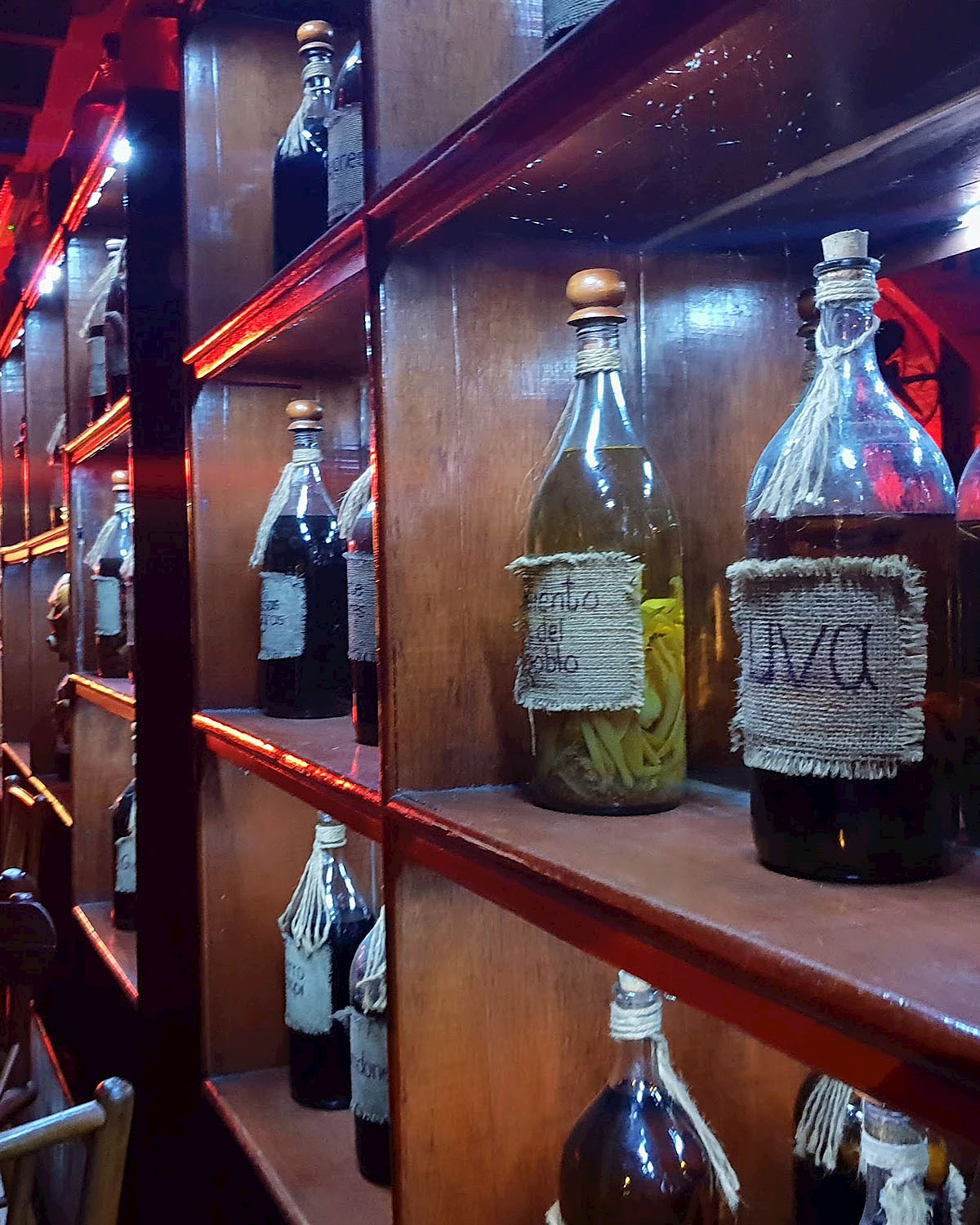 Local liquers on display in a bar in Iquitos - Credits: Matija Babić
Local liquers on display in a bar in Iquitos - Credits: Matija Babić
Hidden in the cliffs overlooking the Utcubamba Valley are the mysterious sarcophagi of Carajía. These seven-foot-tall burial urns, resembling sentinels, house the remains of the Chachapoyas elite, providing insights into the burial practices and afterlife beliefs of this ancient civilization.
Roots, fruits, and forest delicacies
The Peruvian Amazon is more than a biodiversity hotspot; it's also a gourmet hotspot, brimming with dishes as colorful and diverse as its ecosystem. It is a cuisine that is profoundly based on the wealth of the rainforest and offers a palate of exotic and wonderful tastes.
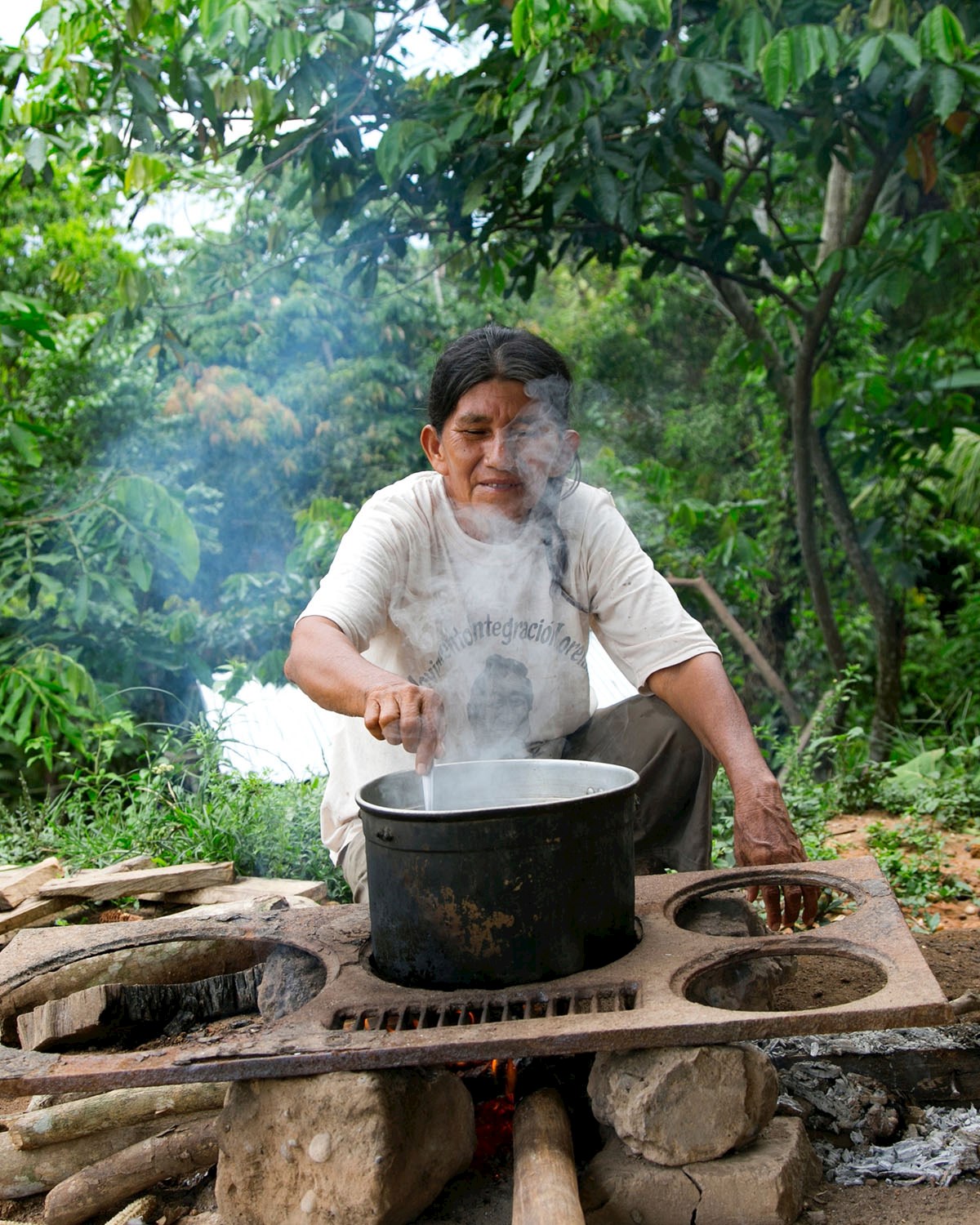 Amazonian restaurants often do the cooking outside - Credits: Shutterstock
Amazonian restaurants often do the cooking outside - Credits: Shutterstock
• JUANE
Juane is a culinary treasure that is widely regarded as the gourmet personification of Amazonian customs. This dish is a tasty bundle of seasoned rice, chicken, olives, and hard-boiled eggs wrapped in bijao leaves. Its name and preparation are firmly based on religious importance, particularly in relation to the Feast of San Juan (John the Baptist). The bijao leaves not only add a distinct flavor to juane, but they also make it easily transportable, which has historically benefited anyone traveling or working in the deep rainforest.
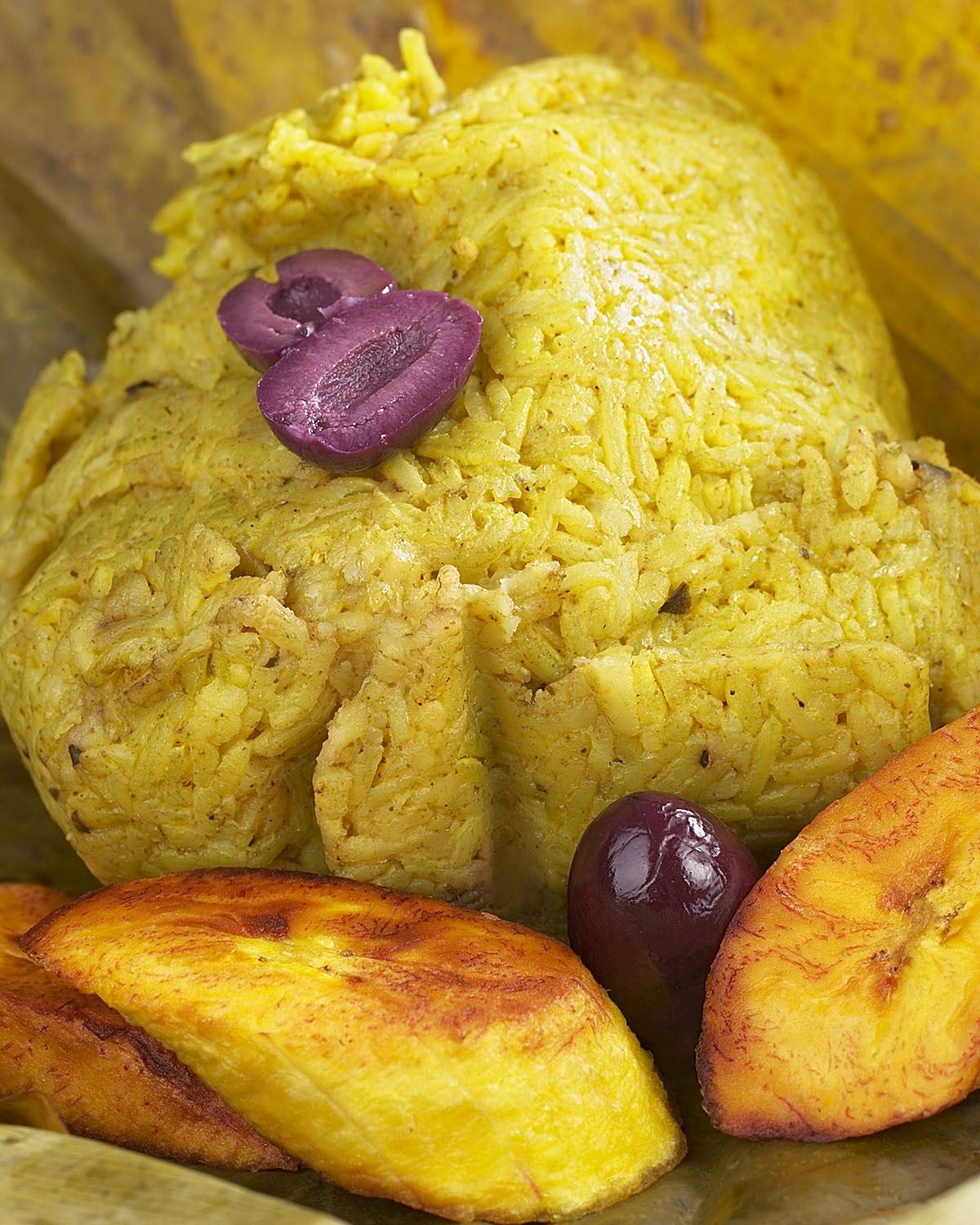 Credits: Shutterstock
Credits: Shutterstock
• TACACHO
Tacacho is a quintessential dish from the Peruvian Amazon, a rich and hearty meal made mostly of mashed green bananas or plantains, and commonly paired with chunks of meat. Plantains are roasted or fried before being hand-mashed with parts of chicharrón (pork rinds) or cecina (dried and smoked pork) and rolled into circular balls. Tacacho is typically served with cecina or other meat dishes, resulting in a pleasant blend of textures and flavors.
 Credits: Peru.Travel
Credits: Peru.Travel
• INCHICAPI
Inchicapi is a thick and flavorful Peruvian soup made of chicken, peanuts, cornmeal, and yucca. Its creamy texture is generated from ground peanuts and is frequently accompanied by chunks of tender chicken and soft yucca bits. Inchicapi is a hearty dinner that is especially popular during the cooler rainforest evenings.
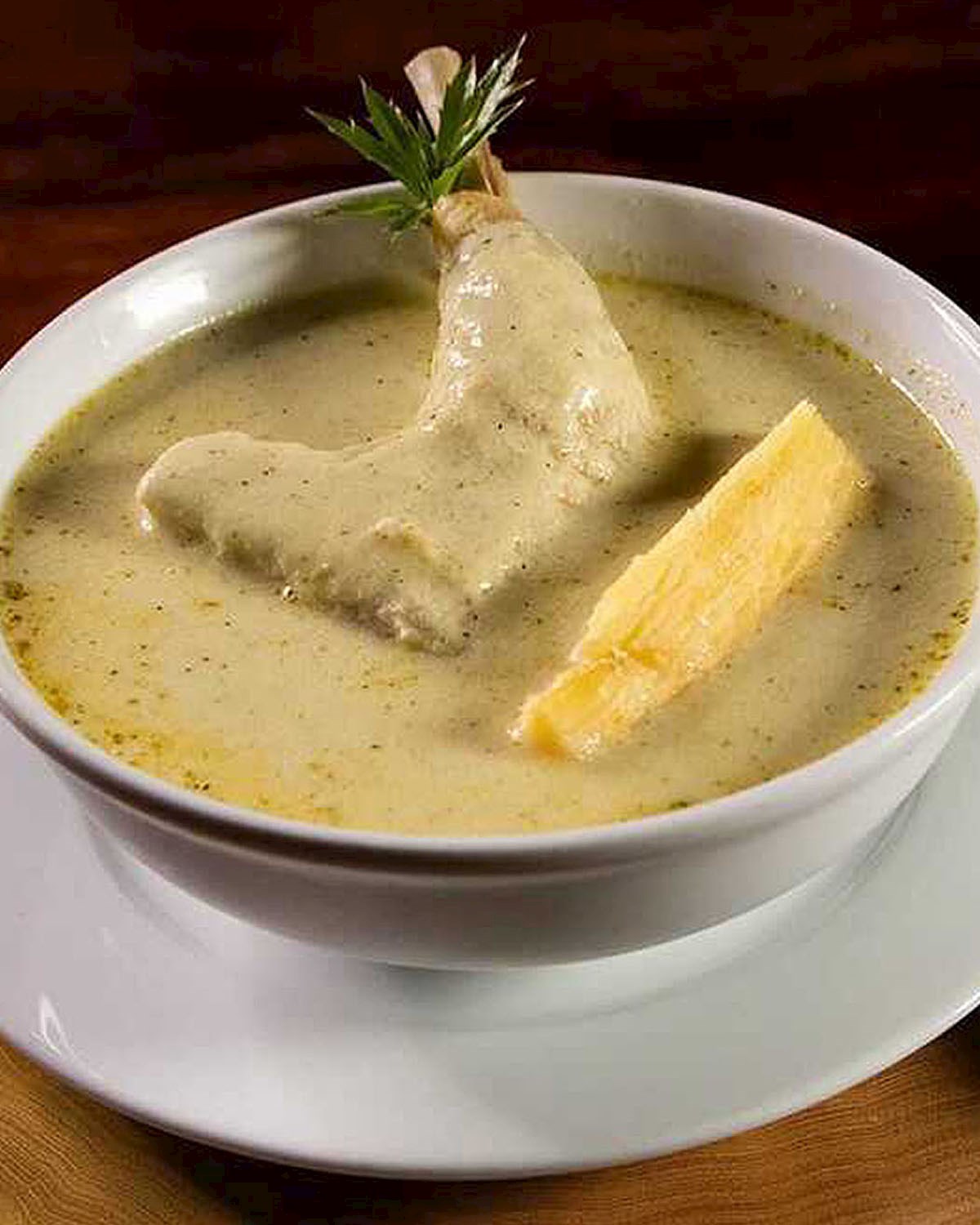 Credits: Mishkina
Credits: Mishkina
• PATARASHCA
At its core, patarashca is fish seasoned with local spices and aromatic herbs, then wrapped meticulously in bijao or banana leaves. This wrapped fish is then grilled or cooked over open flames, allowing the leaves to impart a unique, smoky flavor while retaining the fish's moisture and tenderness. Once done, patarashca is traditionally served with roasted plantains or boiled cassava on the side.
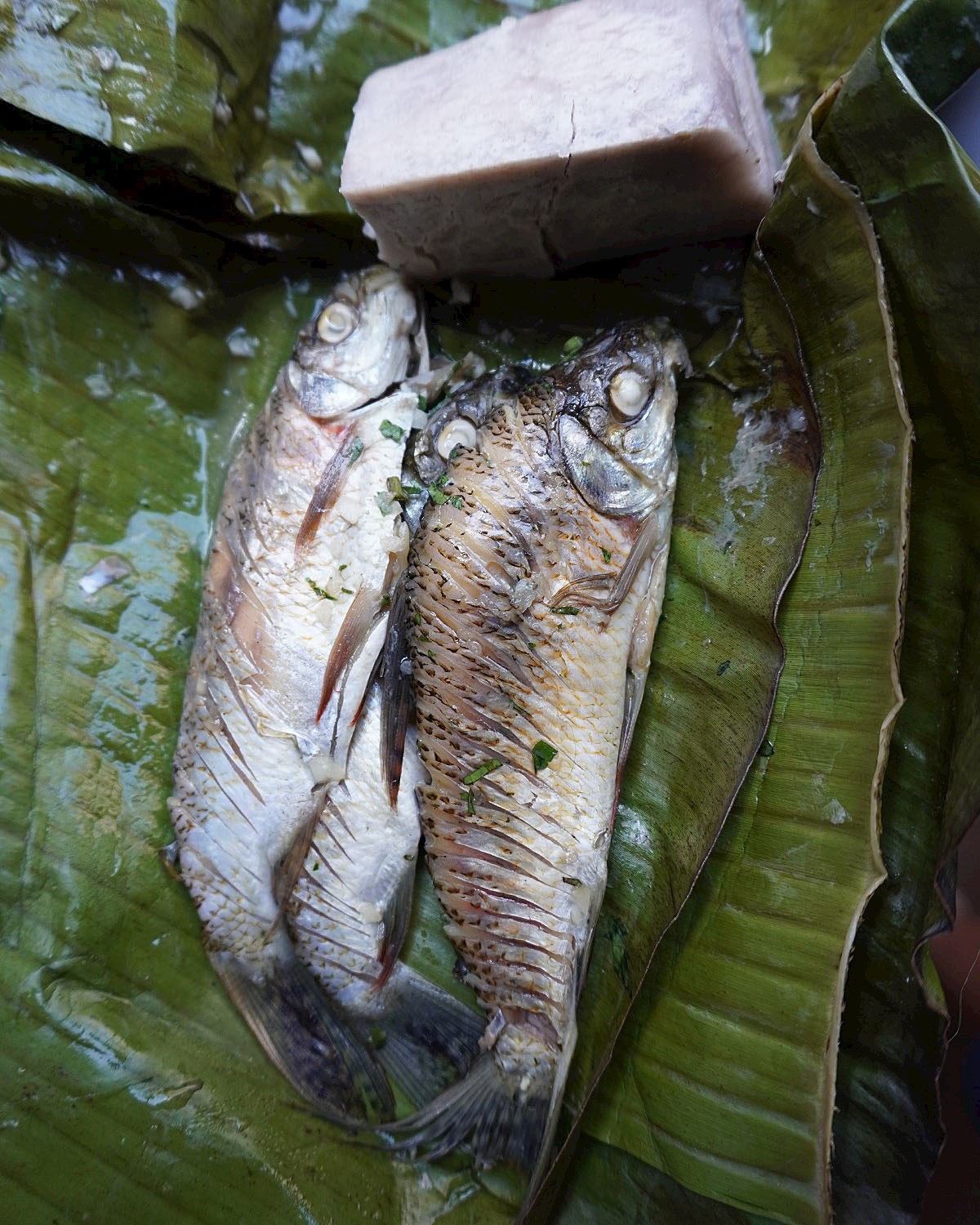 Credits: Shutterstock
Credits: Shutterstock
• TAMALITO
Tamalito, a diminutive of "tamal," is a beloved dish that finds its roots in various Amazonian regions of Peru. Green maize is first combined with lard, and the combination is then filled with ground beef and wrapped in corn leaves before being tied with a string and steamed in a pot. Tamalitos, smaller than traditional tamales, are perfect as appetizers, snacks, or side dishes, offering bite-sized delights for gatherings or everyday meals.
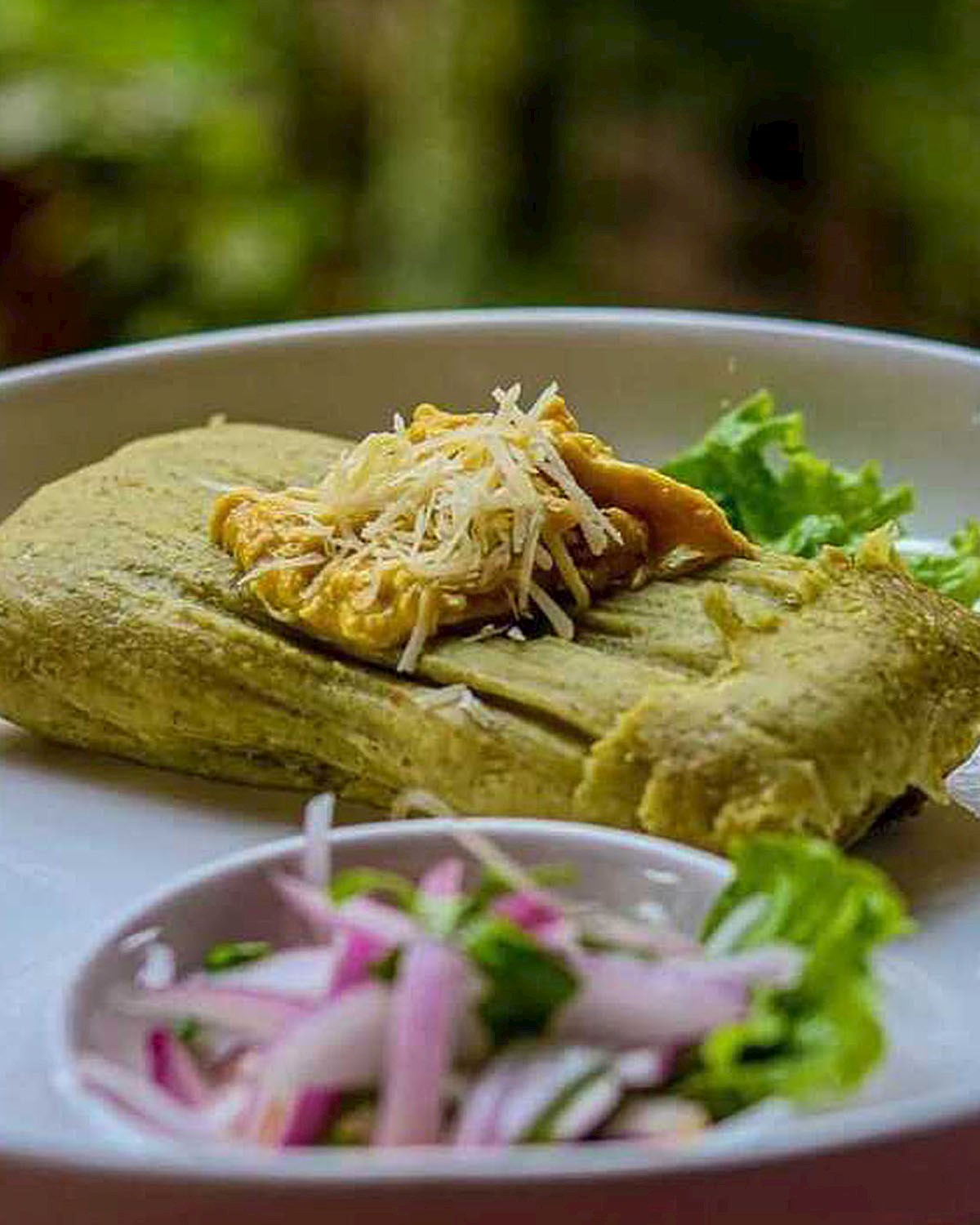 Credits: Las Leñas Pacha
Credits: Las Leñas Pacha
• TIMBUCHE
Timbuche is a traditional broth of the region, celebrated for its invigorating properties and depth of flavor. This clear fish soup is typically prepared using catfish or other freshwater fish native to the Amazonian rivers. The broth is infused with local seasonings, garlic, onions, and often complemented with yucca or green bananas. Revered not only for its taste, timbuche is also believed to have restorative qualities, making it a sought-after remedy for ailments or simply to rejuvenate after a tiring day.
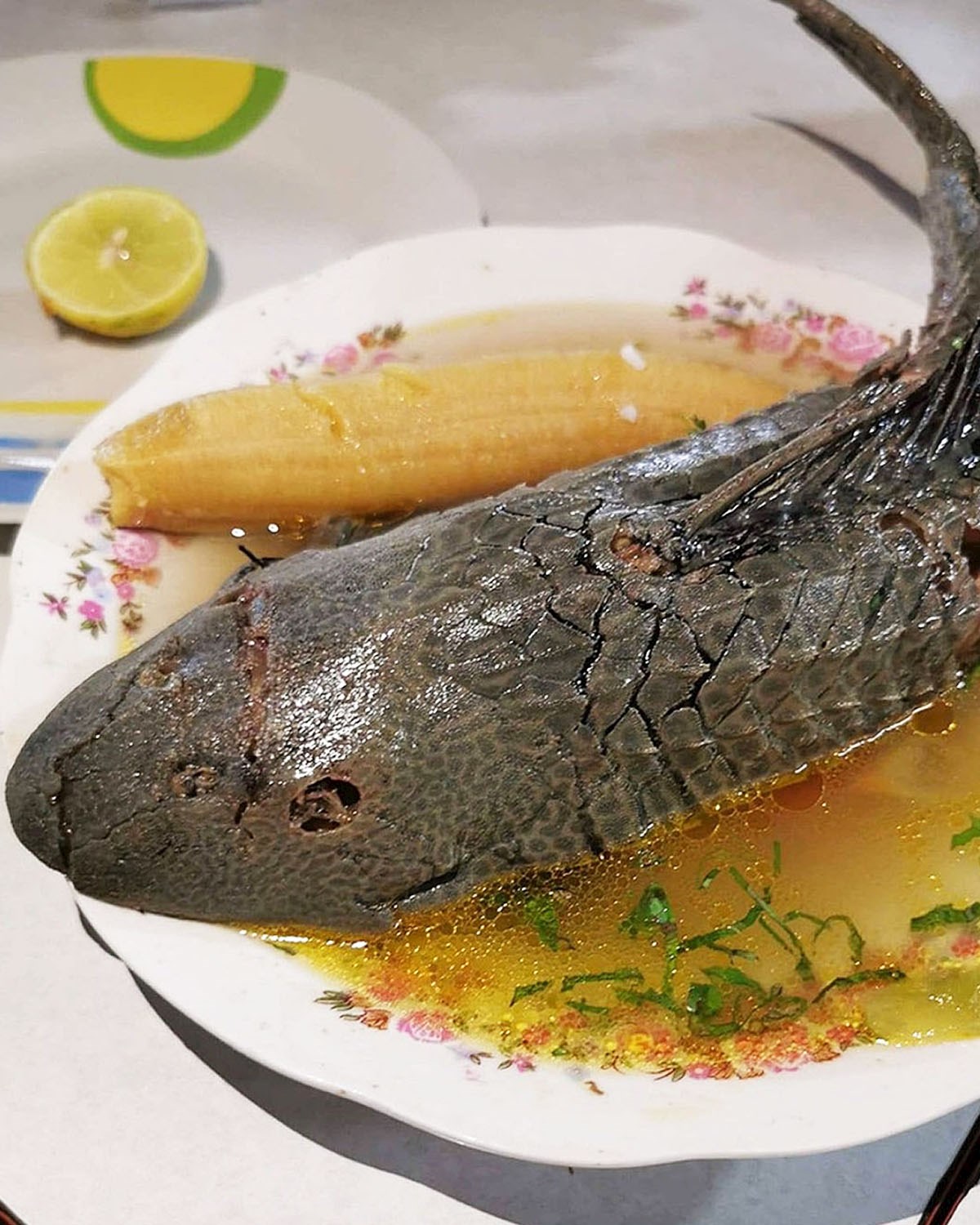 Credits: Peruanos que Saben
Credits: Peruanos que Saben
• ANTICUCHOS DE SURI
Anticuchos de suri are a distinctive delicacy hailing from the Peruvian Amazon, offering a unique culinary experience for the adventurous palate. Suri, or palm weevil larvae, is a prized ingredient in Amazonian cuisine, known for its rich, buttery texture and nutritional value. Suri is extracted from the palmetto or aguaje trees, washed, seasoned with salt and garlic, marinated for about 20 minutes, and then threaded on skewers and fried or grilled. Once prepared, anticuchos de suri are typically accompanied by cooked or fried plantains on the side.
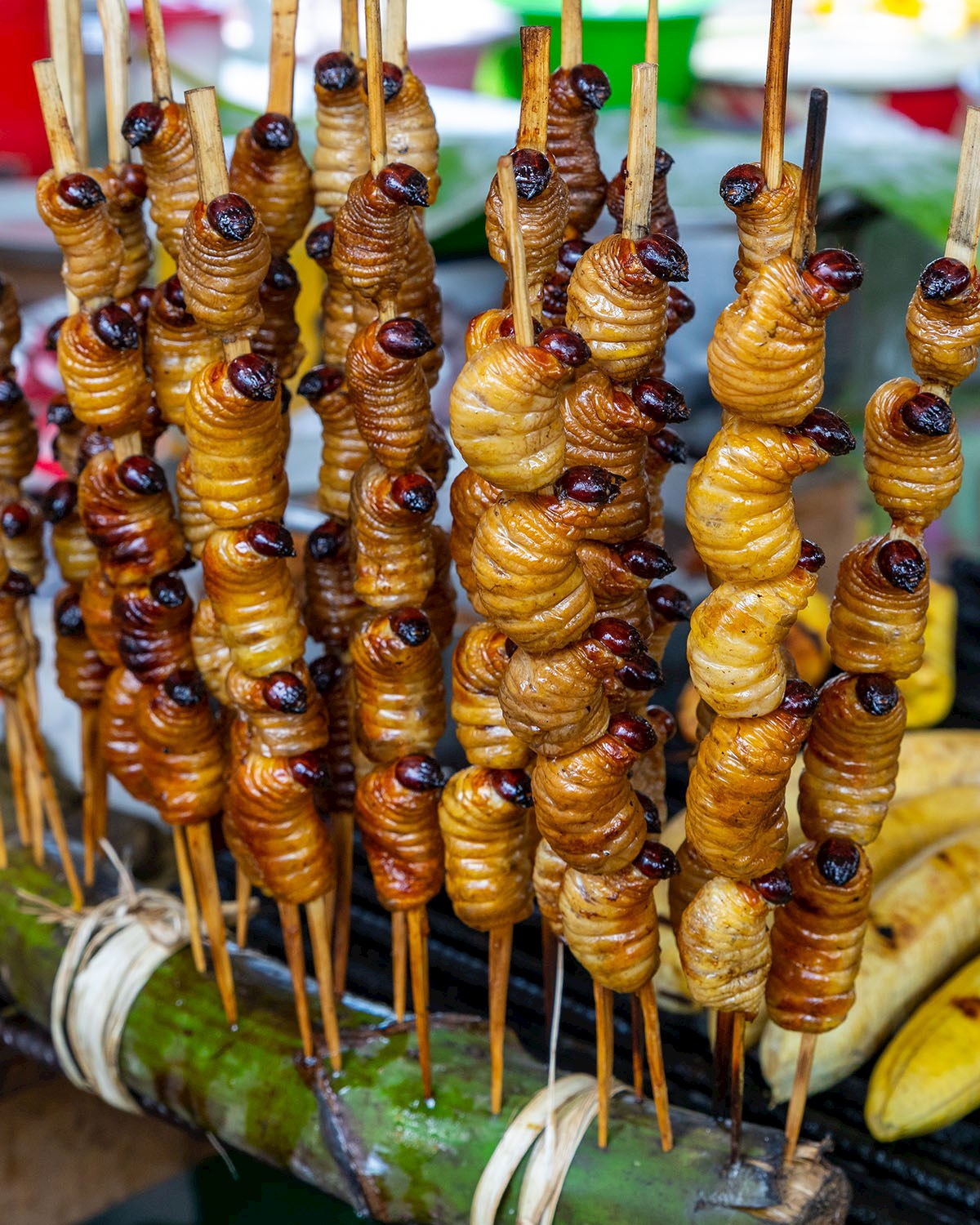 Credits: Shutterstock
Credits: Shutterstock
Learn more about Anticuchos de suri
The Amazon is a lot more scarcely populated, but there are still places you can go and eat real, authentic food. For example, in the Amazonas region one should not miss the small town of Chachapoyas, where restaurants like Los Guayachos and Amazonika offer extensive menus of both local, Amazonian dishes and traditional Peruvian staples.
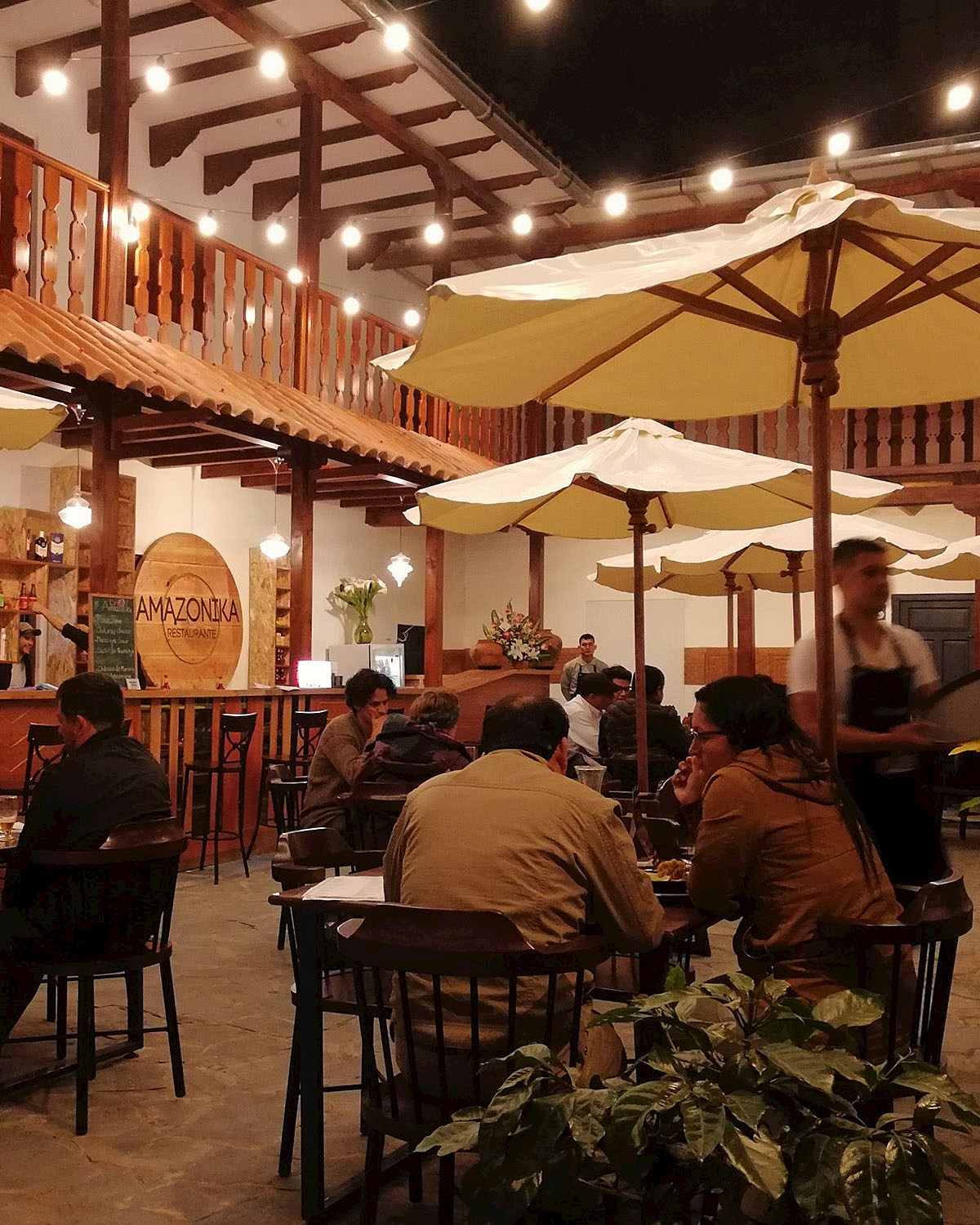 Credits: Amazonika Restaurante
Credits: Amazonika Restaurante
In the Loreto region, Restaurant Blanquita welcomes travelers with hearty meals, warm ambiance, and genuine hospitality that makes every guest feel right at home. It is located in the city of Iquitos, which lies on the Amazon River and acts as a gateway to the tribal villages of the northern Amazon.
In the San Martín region, La Patarashca (named after a traditional Amazonian cooking method) offers a tantalizing array of grilled specialties, while La Collpa Restaurant focuses on farm-to-table dining, sourcing fresh, local ingredients to create dishes that are both flavorful and sustainable.
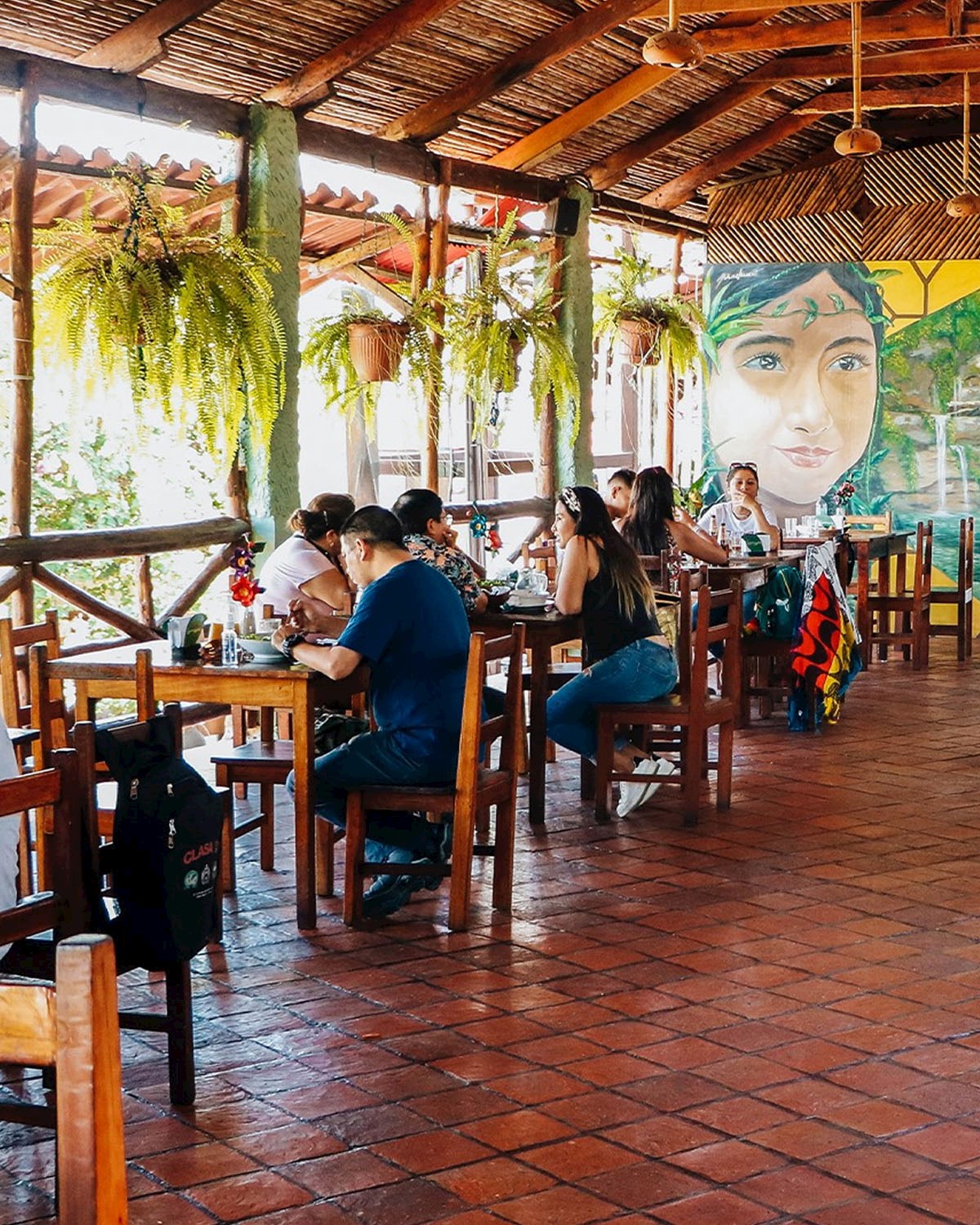 Credits: La Patarashca Restaurante
Credits: La Patarashca Restaurante
In Ucayali, the second largest Peruvian region, El Tuyuyo showcases a diverse menu inspired by the numerous cultures and traditions of the region, offering diners a true taste of local delicacies. Set upon the serene waters, Balsa Turistica Anaconda provides visitors with a unique opportunity to experience the Amazon's breathtaking beauty, as they dine and relax on this iconic floating establishment.
What and where to eat in the Amazonas Region
What and where to eat in the Loreto Region
What and where to eat in the San Martin Region
What and where to eat in the Ucayali Region
